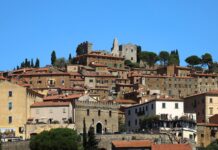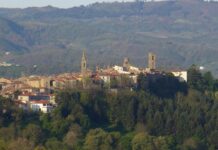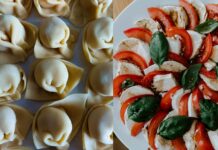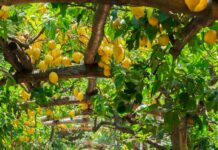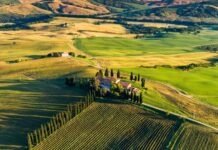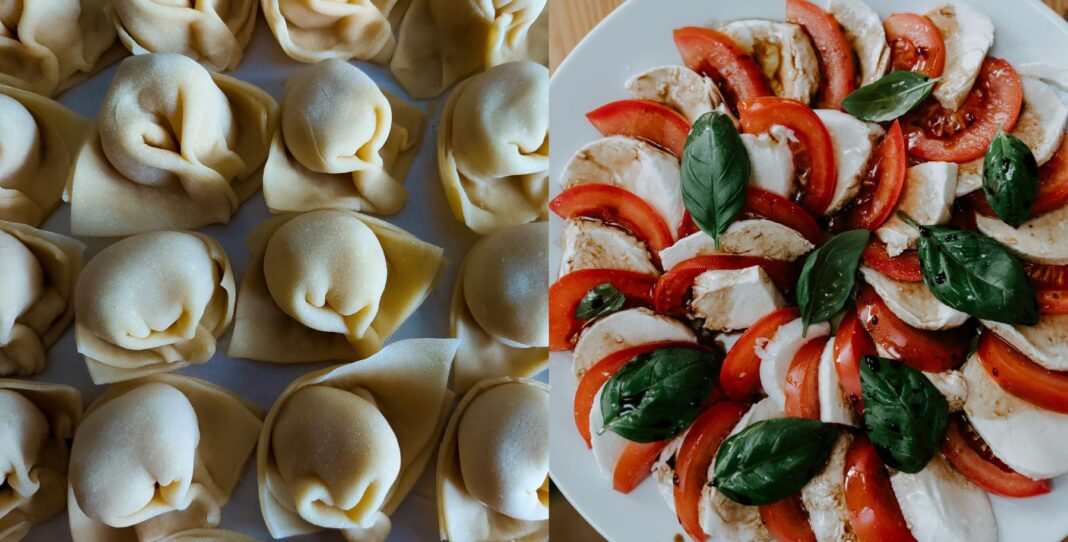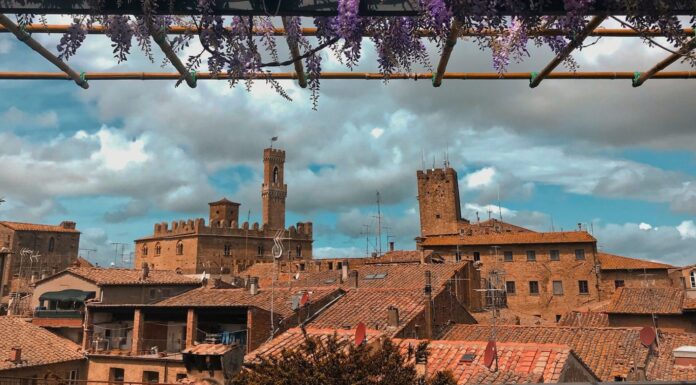Italian cuisine ranks as some of the most delicious in the world, and the culture has a rich culinary tradition in every region. You can divide Italian food into two distinct categories—Northern vs Southern Italian food. Despite belonging to the same country, they favor different types of foods due to geographic location.
Northern vs Southern Italian food are different culinary traditions because Northern Italy offers more mountains and an abundance of greenery. In Southern Italy, coastline, vast plains, and green forests take over the region. Southern Italy relies more on seafood and lamb, whereas Northern Italy offers more beef, lamb, pork, and seafood. Many of the pasta-based foods can be found more in Southern Italy.
Especially if you love Italian food and would love to see the difference between the two rich culinary traditions, read on as we explore how the two differ. Discover which region of Italy that pizza originated!
Overview of Italian Cuisine’s Global Popularity
Italian food is so good that you can find its footprint in any corner of the world from Buenos Aires, Argentina, to Manila, Philippines. People love Italian food and for good reason. They have had many good recipes that gained a global following from pizza and spaghetti to lasagna and risotto. On a worldwide scale, Italian food has achieved a global market value of $228 billion.
The 7 Best Foods from Northern Italy
Let’s take a look some of the best foods that you can dine on while traveling in the northern part of Italy. The use of fresh herbs like thyme and sage is pervasive here.
1. Risotto alla Milanese
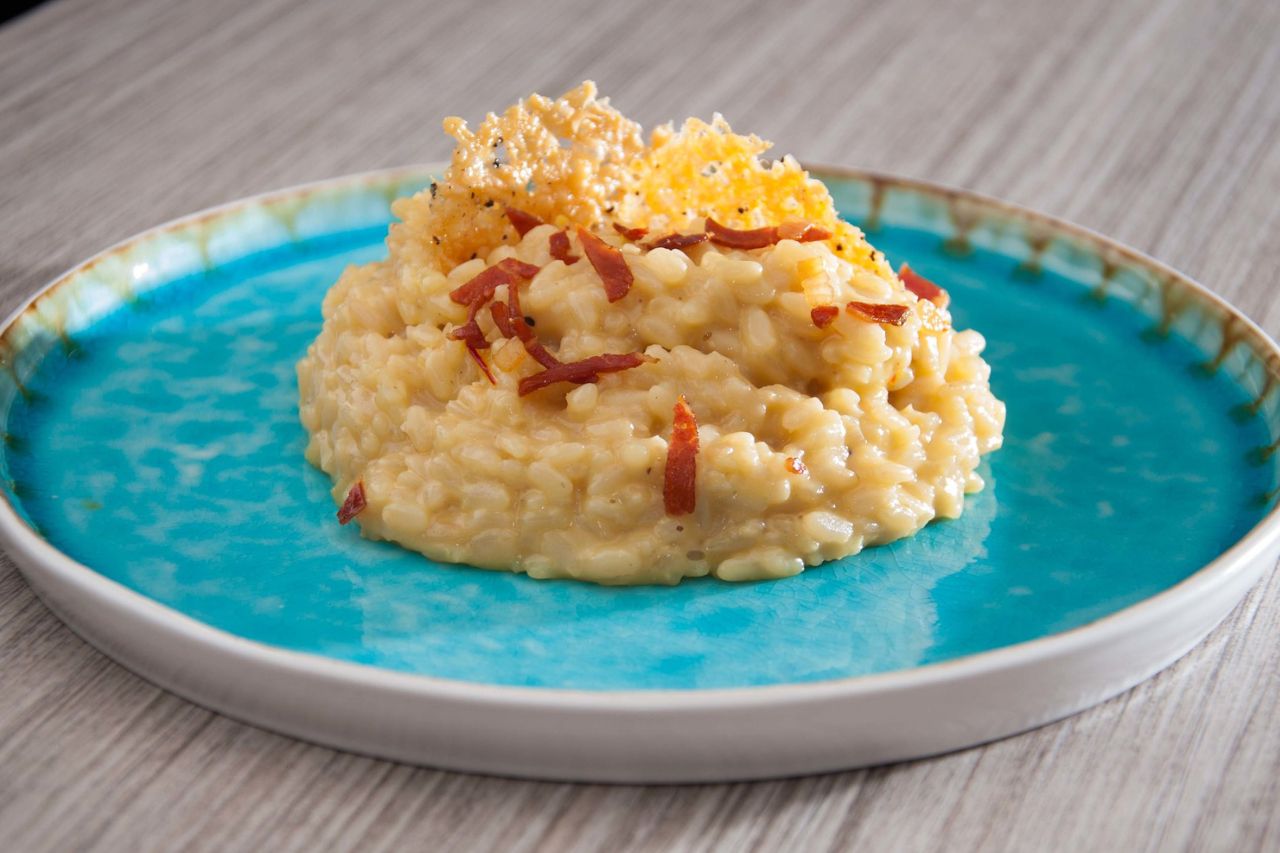
A North Italian favorite, you could say when prepared “alla Milanese,” it becomes the purest expression of Northern Italian cuisine. Said to have come about in the mid-1800s, some believe that this one started as a prank. Some glassmakers in Milan for the Duomo cathedral began it when they added saffron to the dish.
2. Cotoletta
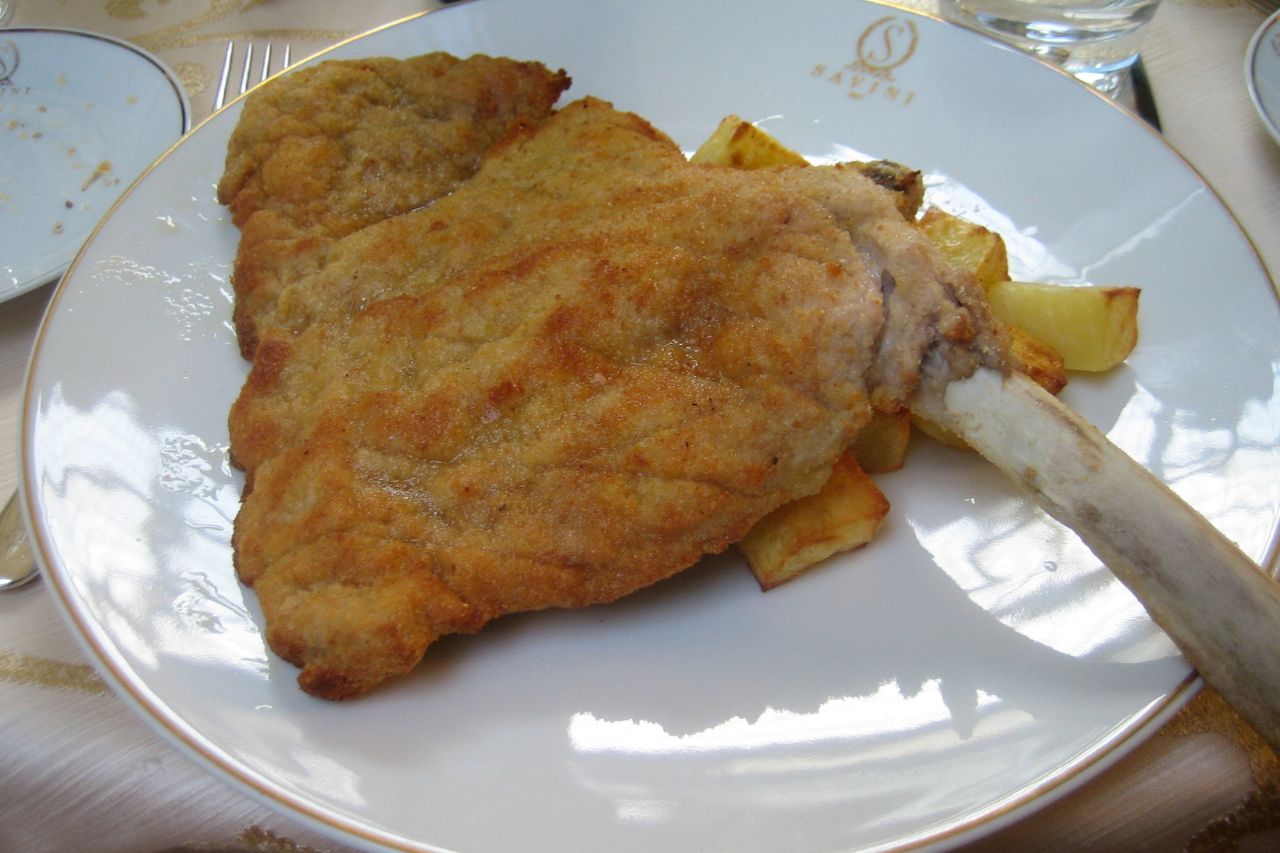
One of the must-eats of Lombardy, some believe this dish may have begun because of the Austrian-Hungarian rule that happened in Northern Italy from 1815 to 1866. Commonly, you will see it prepared in Milan, the financial capital of Italy. In Milan, you often encounter it with fresh chopped tomatoes on the side. Cotoletta comes from a veal cutlet, and it’s covered in breading and fried in butter. You might say it shares some similarities with the Austrian Wiener Schnitzel.
Related article: Tuscan Food – A Wealth of Pasta Sauces, Soups, and Sweets
3. Tortellini in Brodo
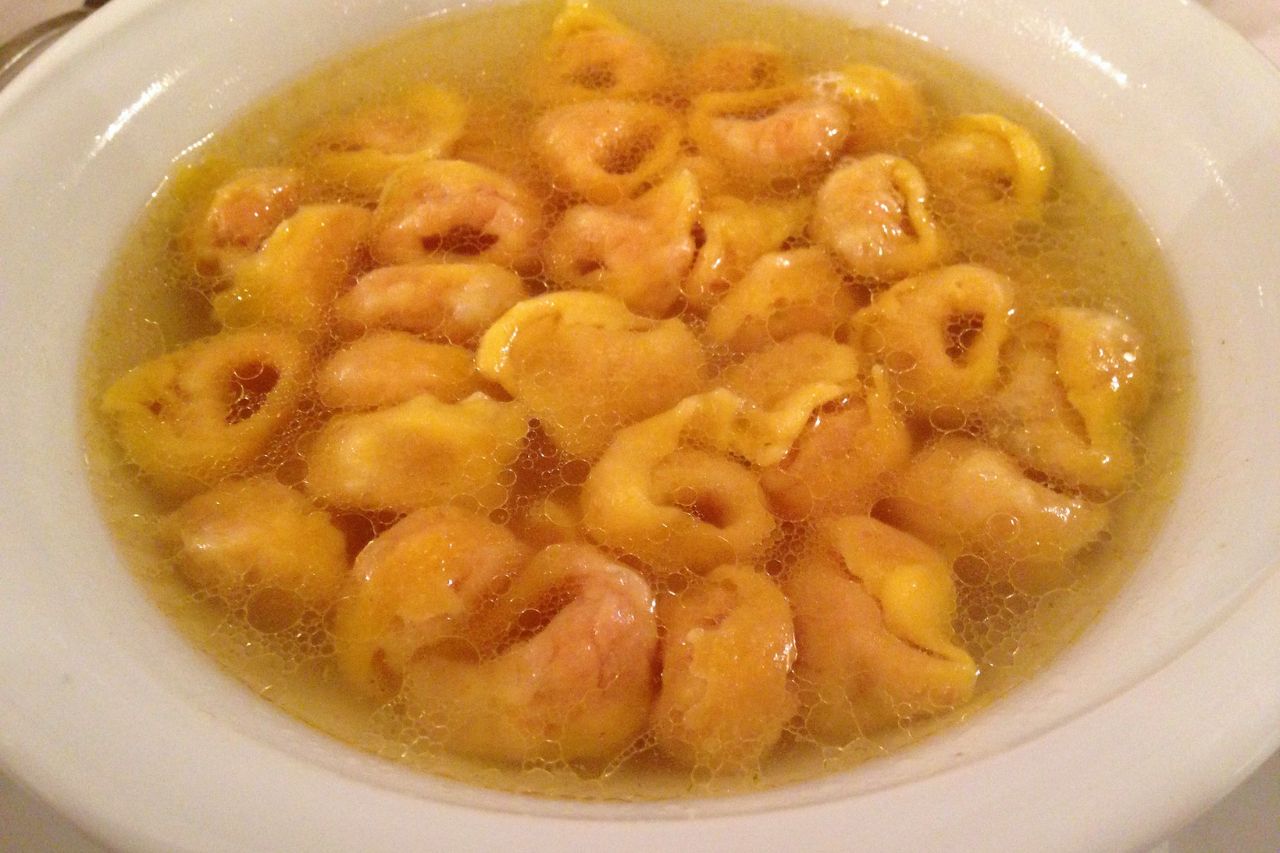
Considered a Northern Italian classic, Tortellini in Brodo comes from the northern region of Emilia-Romagna. You will commonly find it in the provinces of Modena and Bologna. For centuries, a rivalry has existed between the two over who makes the best Tortellini in Brodo. Bologna folds the pasta around the pinky, whereas Modena folds it around the index finger’s tip. Traditionally, you will find it filled with chicken breast or pork.
4. Polenta
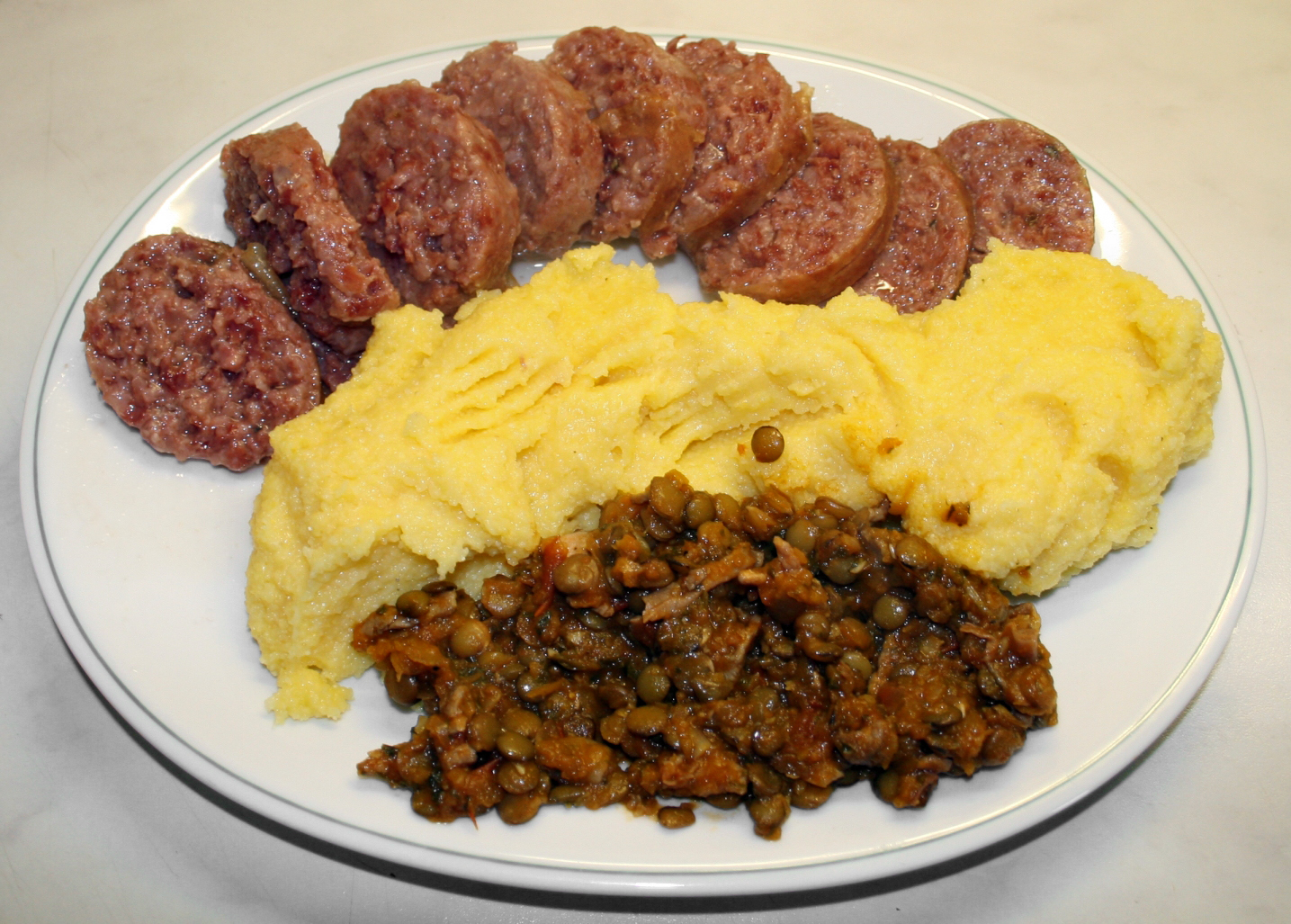
Taking Northern vs Southern Italian food, this one has gone so widespread in the north that they sometimes even call Northern Italians polentoni or “Polenta eaters.” It consists of coarse stone-ground cornmeal, and some would call this the Italian grits. In the beginning, it was a staple food to many peasants and working class people. They even occasionally use it as a substitute for bread. One of the advantages of it is its versatility where you could eat it as an appetizer, a main course, a first course, or a dessert.
5. Osso Buco
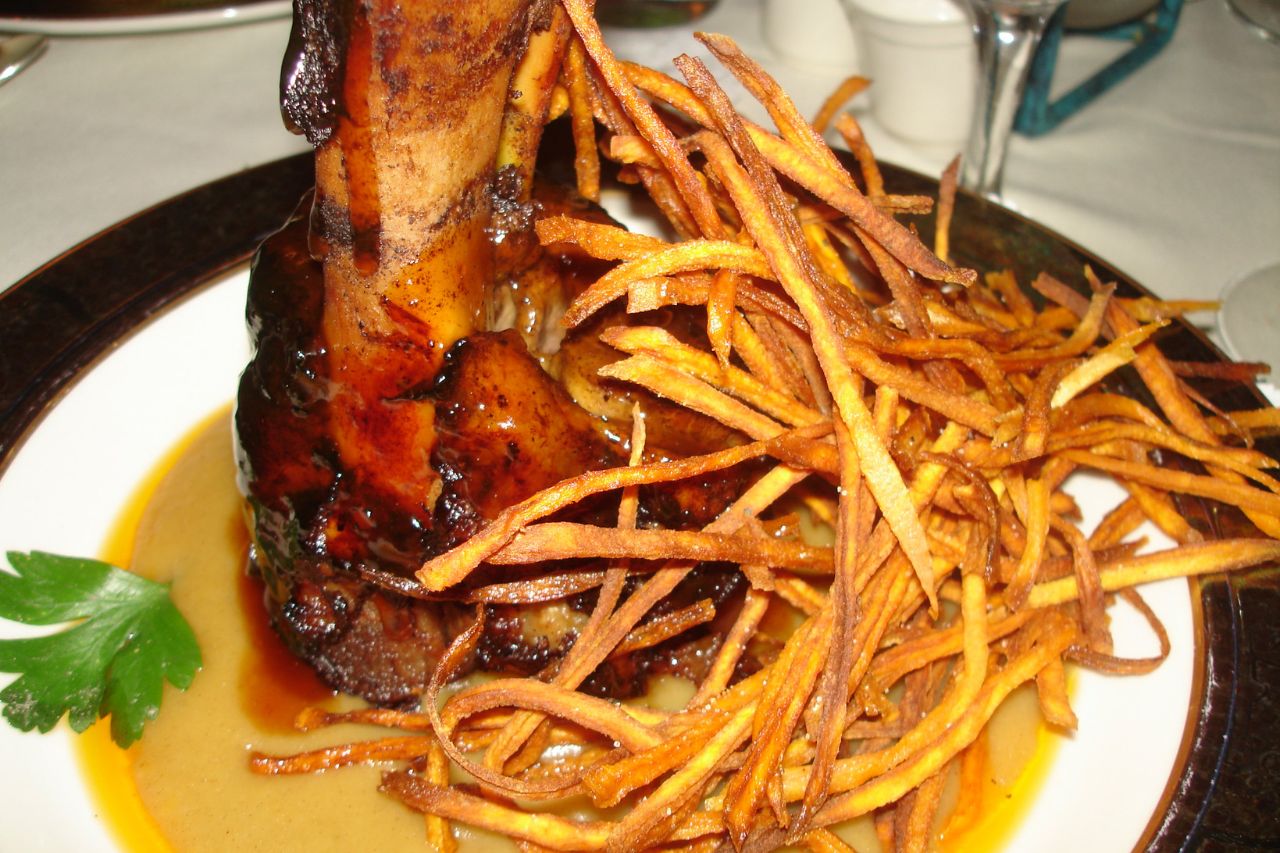
Originating from the Lombardy region in the 19th century, it literally translates as “Bone with a hole.” This rustic veal stew is slow-cooked in wine, herbs, and veal shank. The recipe requires some time to make (2h 20 minutes), it makes for a truly romantic dinner. Of the braised meats, Osso Buco might rank as the most famous.
Related article: Tuscan Desserts – Sweets, Cookies, Cakes, and Wines
6. Gorgonzola
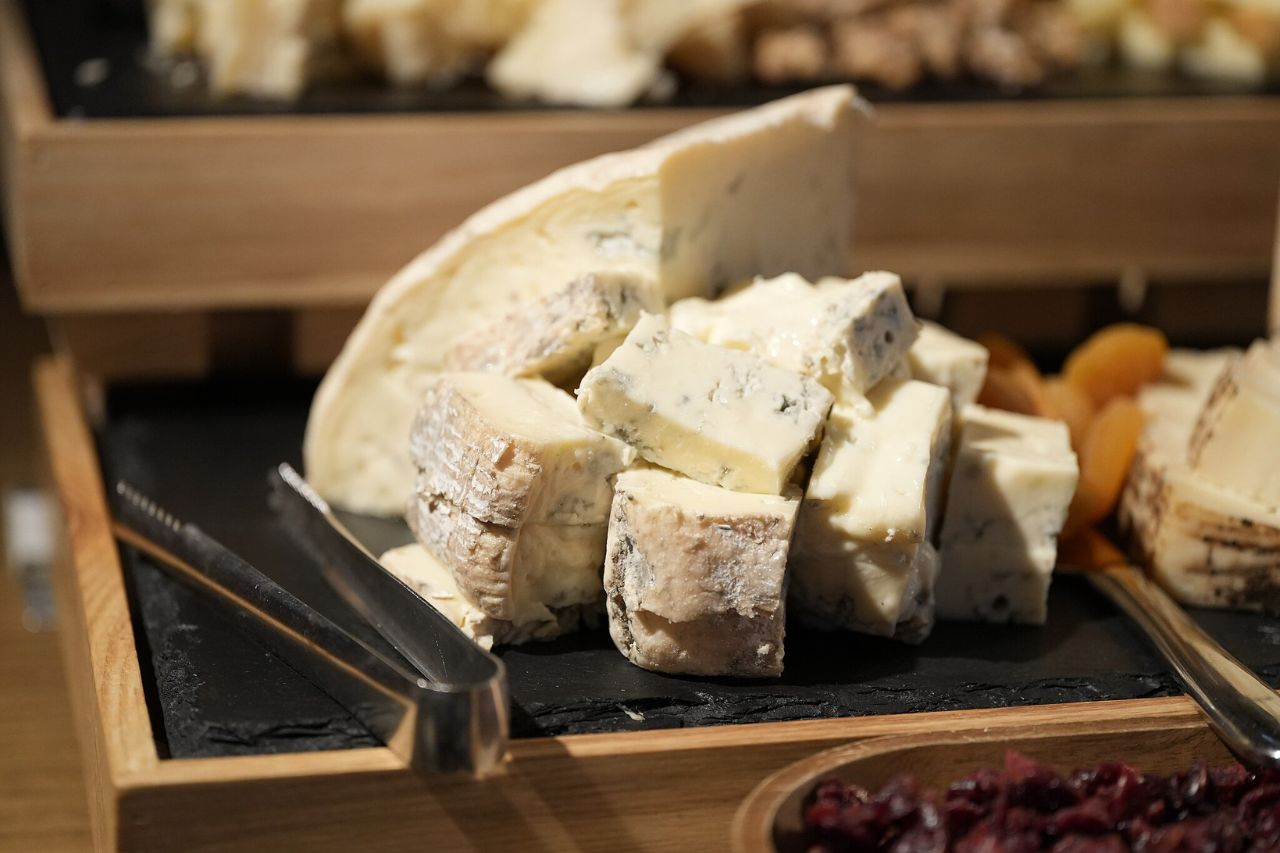
Ranking as one of the world’s oldest blue-veined cheeses, Gorgonzola particularly comes from Piedmont and Lombardy. They use unskimmed cow’s milk to produce the cheese. Most of the time, it requires three to four months to make this cheese.
7. Fonduta alla Valdostana
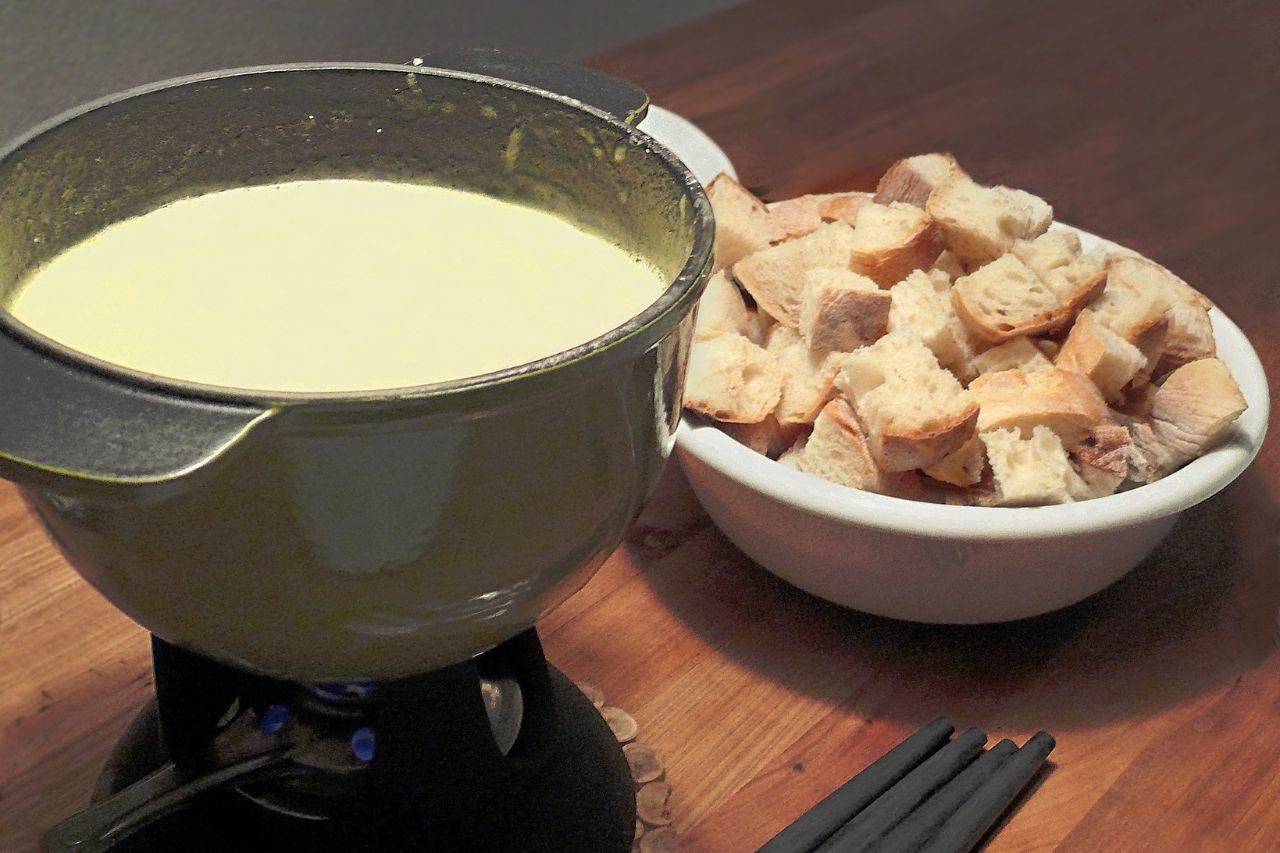
This traditional dish of Northern Italy only contains four ingredients: milk, cheese, butter, and eggs. Fonduta alla Valdostana is the Italian version of the Swiss/French Fondue. In particular, this dish highlights the Northern Italian Alpine cuisine. The better known name for this dish is Fontina Fonduta.
The 7 Best Foods of Southern Italy
When you take Northern vs Southern Italian food, many of the pastas come from the southern part of Italy. Bread is also prominent in this part of the Bel Paese. Let’s take a look at the most popular foods here.
8. Panzarotti
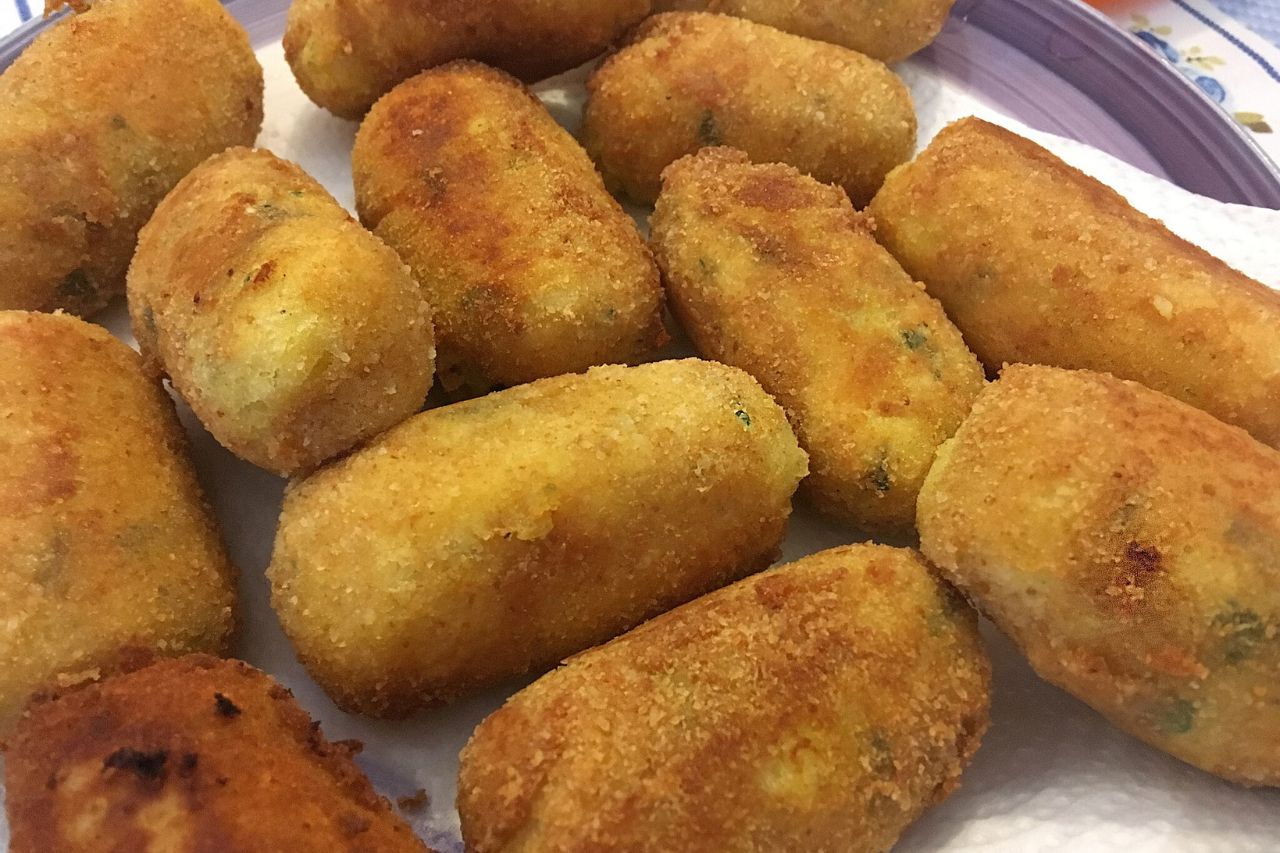
Considered one of the oldest forms of street food, panzarotti is the Italian cousin of the empanada. Most often, the panzarotti will have three kinds of cheeses, and salami bits included with it. This food resembles a calzone or a closed pizza. You will find this food all over the southern part of Italy, and it originated in the 18th century. In some cases, you may hear it called a “panzarotto.”
9. Pizza
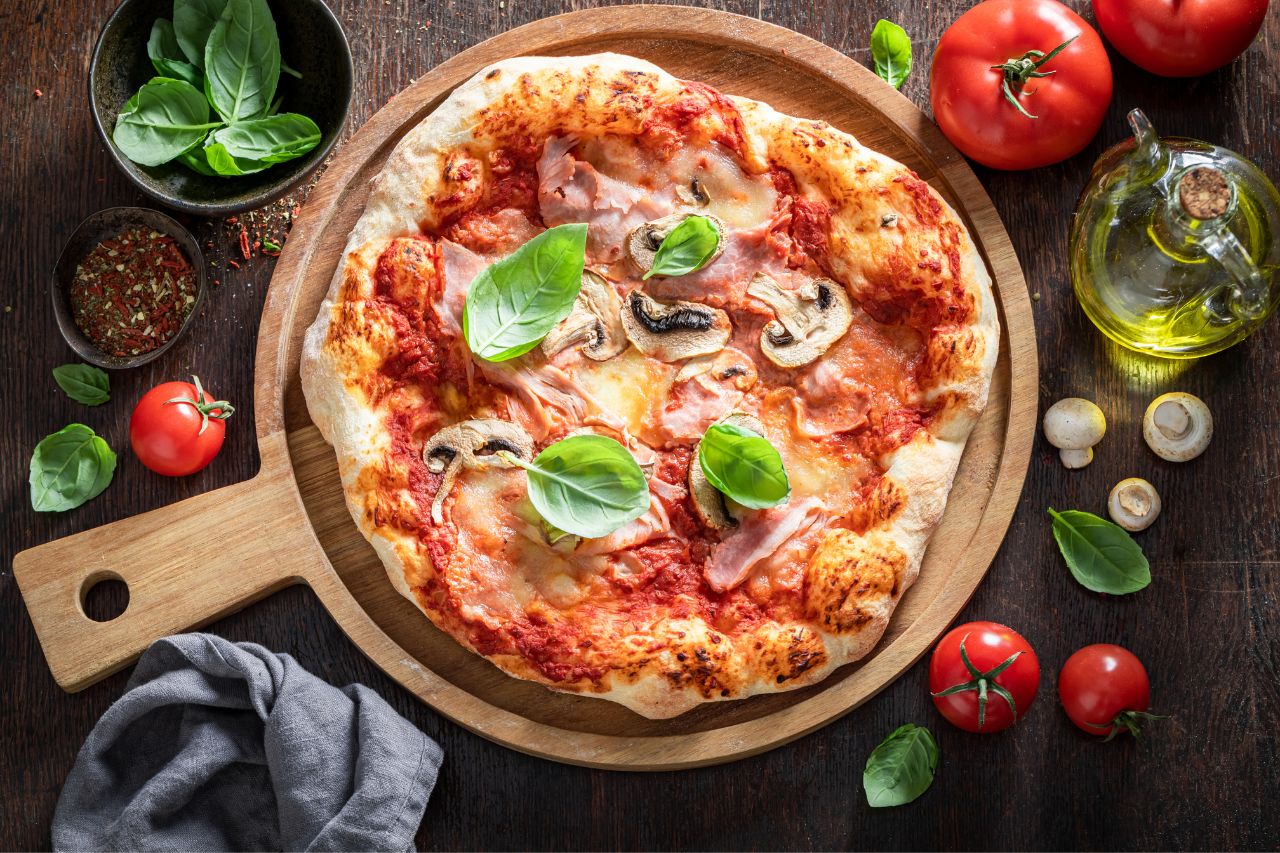
The birthplace of the pizza, this food was specifically invented in Naples. Pizza has truly become an art form in this city, and UNESCO listed it as part of the world heritage. In a traditional Neapolitan pizza, they cook it in a wood oven at 800F degrees and only for 90 seconds. They also say the best mozzarella is sold in Naples, which contributes to the pizzas being so tasty.
10. Mozzarella di Bufala

This mozzarella was made from the milk of the domestic water buffalo, which is said to be much richer. It ranks as one of the greatest delicacies of Italian cuisine. The best place to sample this cheese would be in the region of Campania.
Related article: Best Ravello Restaurants – A Unique Gastronomic Experience
11. Ricotta e Burrata
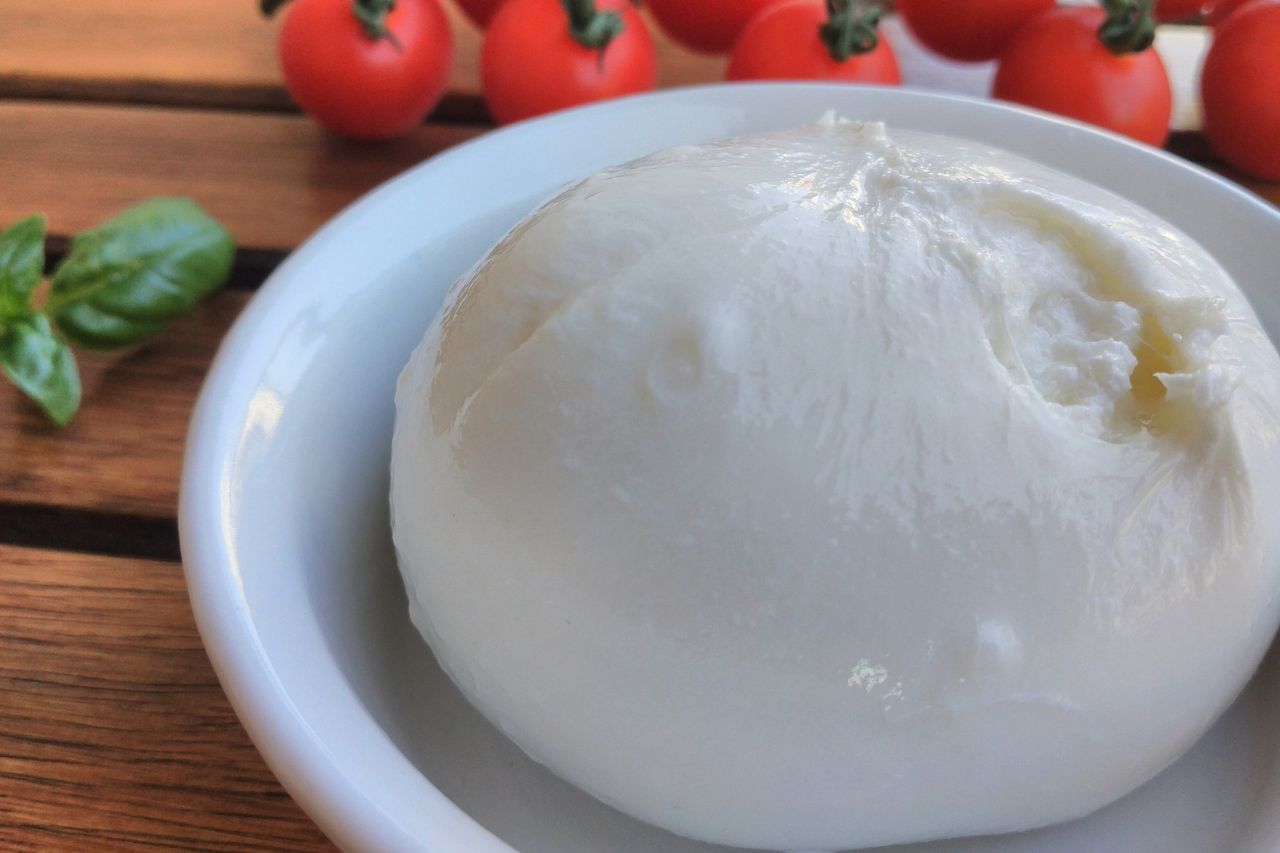
A cheese that originates in Southern Italy, the cheese mixes a creamy buttery cheese and plum butter. It comes from the Apulla region of Southern Italy. Taking Southern Italian food vs Northern,Southern Italy is far more famous for its soft cheeses like Ricotta e Burrata and Mozzarella di Bufala. Cheesemaking in the south has practically become a religion with many different types.
12. Taralli

Considered an Italian snack food, this wheat-based cracker feels similar in texture to a grissini breadstick. You will especially find them made in Puglia, but they are made throughout Southern Italy. The Pugliese and the Neapolitan Taralli enjoy the most fame. The Pugliese is smaller and smoother. Using extra virgin olive oil, the Pugliese taralli tastes different.
13. Arancini
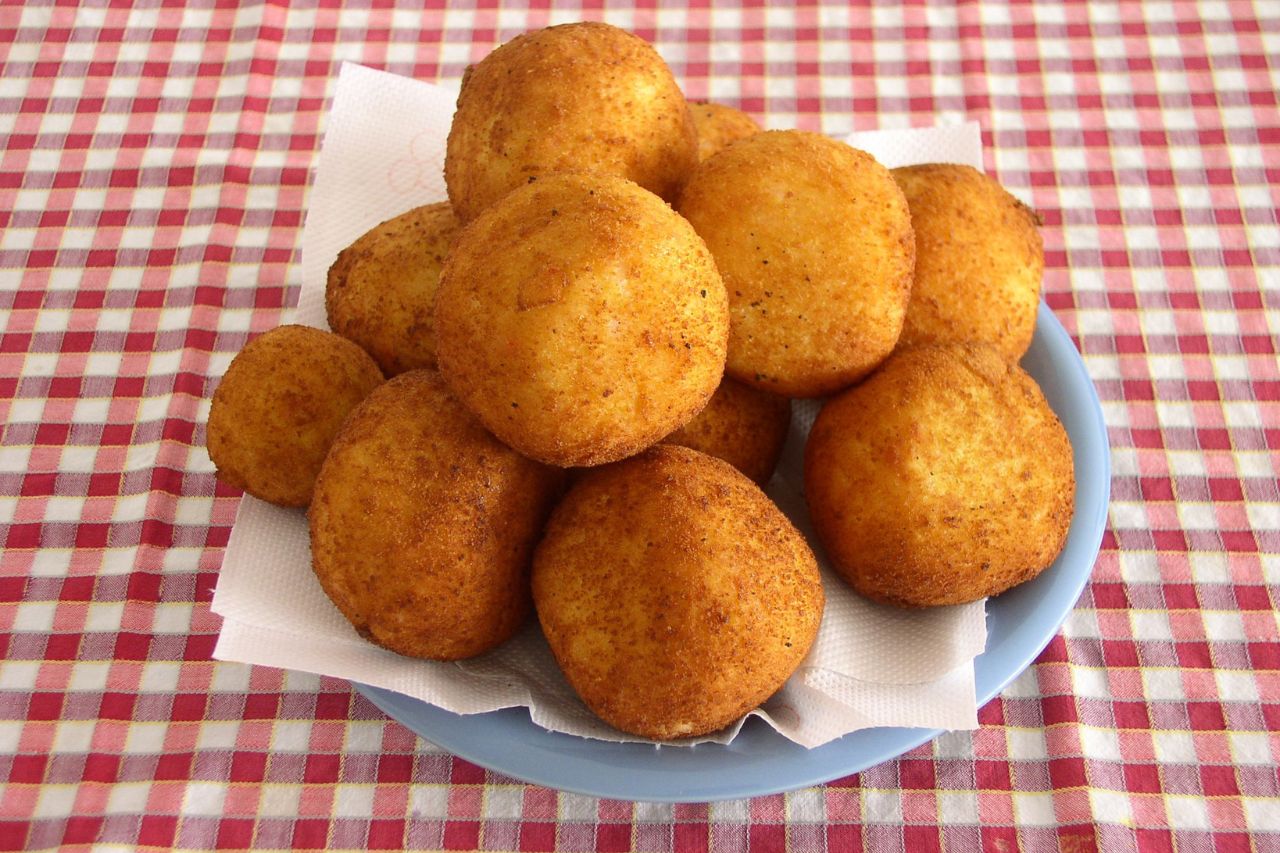
Most often made with caciocavallo cheese, this is basically Italian rice balls ubiquitous throughout Sicily. Commonly, you can try them at the street food vendors. Many times, they will customize them with different fillings, and most believe that this food dates back to the 10th century.
14. Calzone
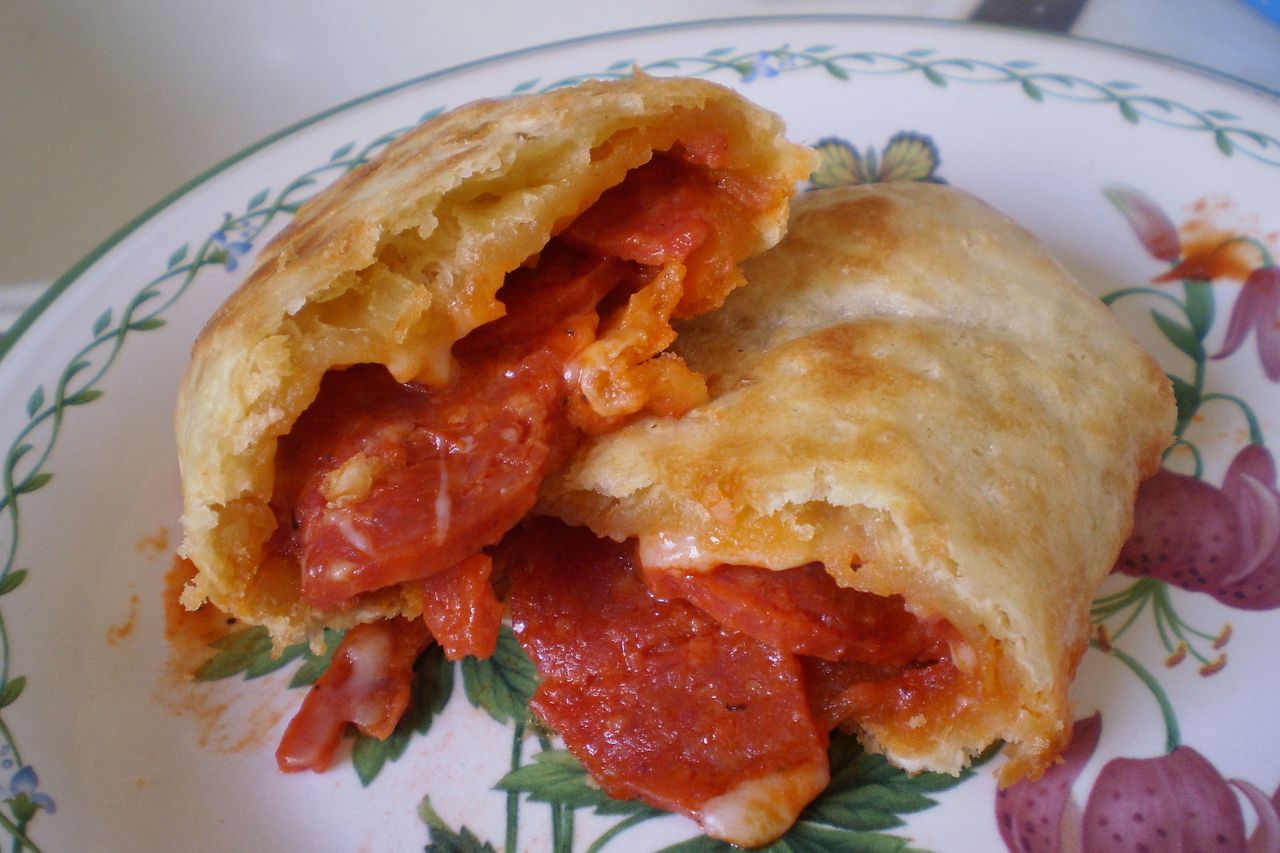
Found in Sicily, calzones in Sicily also get called Calzoni, but most people in the United States know them as calzones. This food has pizza dough, sauce, and cheeses baked into it. Many of the combos feature meat and vegetables, but you can find calzones with creative fillings as well.
Related article: Where to Eat in Positano – Our 10 Restaurants Selection
Typical Desserts from Northern Italy
Now, let’s take a look at the common desserts from Northern Italy. In a Southern Italian food vs Northern food comparison, Tiramisu, one of the most famous Italian desserts, came out of the north.
Strudel di Mele
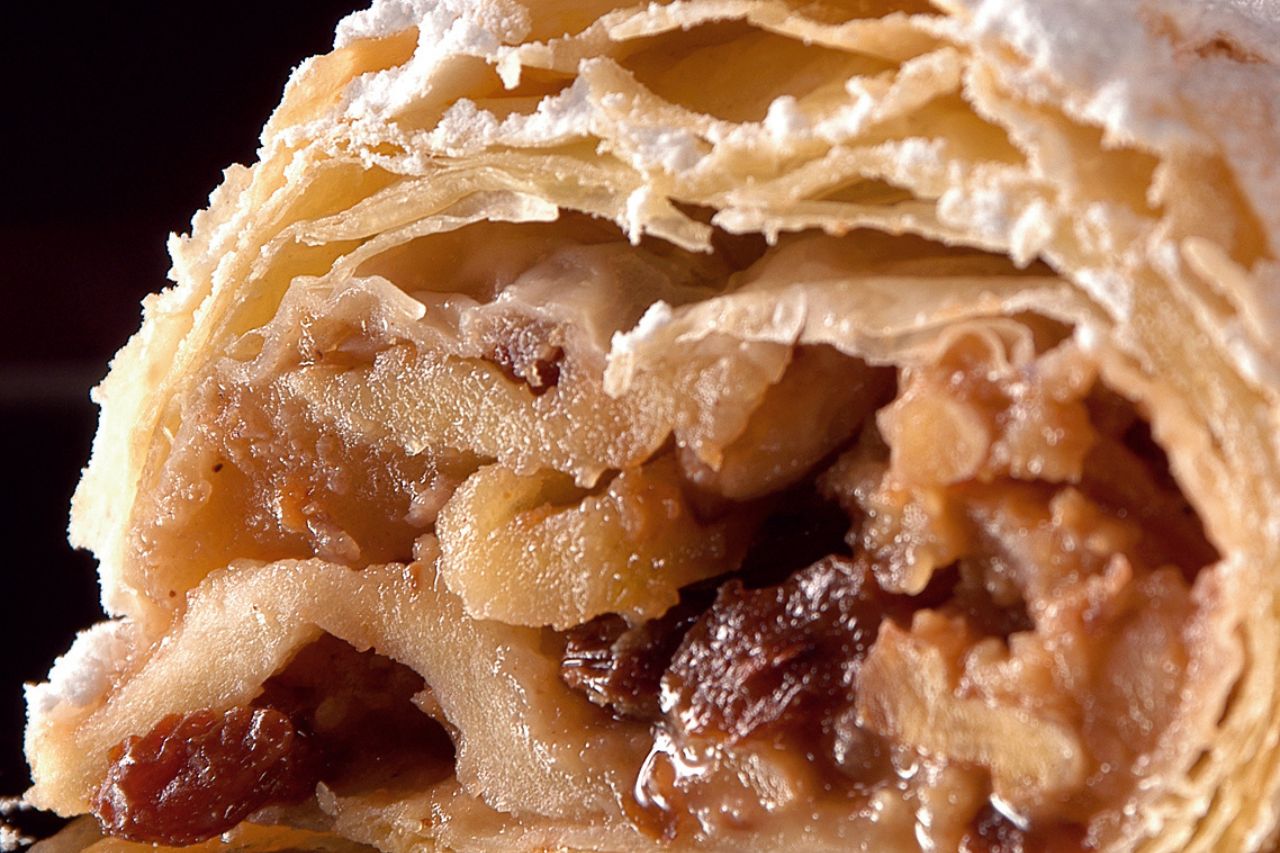
A Northern Italian specialty, Strudel di Mele offers many variations throughout the Trentino Alto Adige. Some versions of this one will call for butter, but it depends on where you eat it. All three of the north-eastern regions of Italy will make it differently. The traditional filling usually consists of tart, raw apples.
Gianduiotto
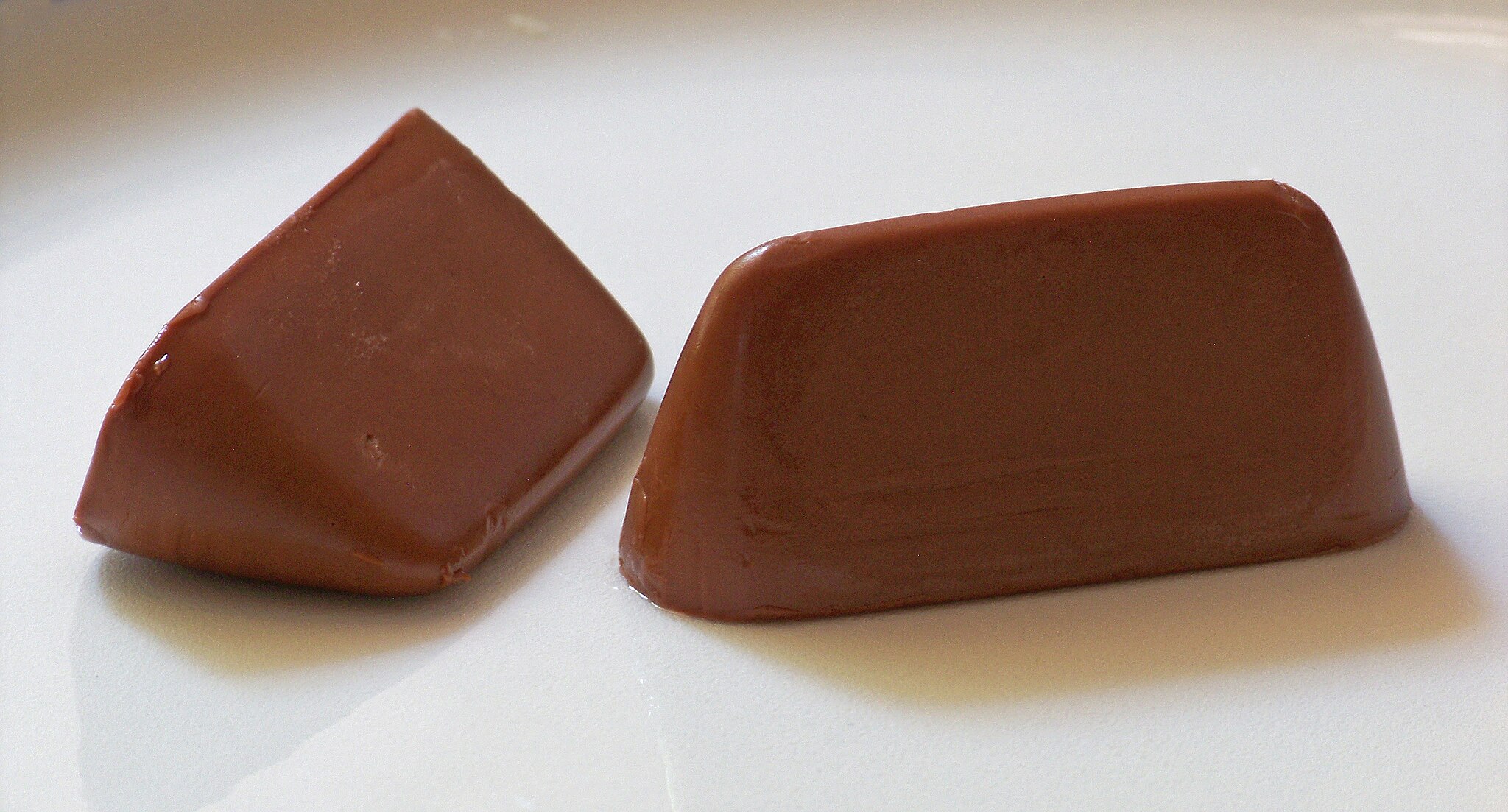
Originating in Piedmont, Italy, they consider this one the “King of Italian Chocolates.” Gianduiotto are shaped like ingots, and are individually wrapped in a gold or silver foil. If you want to know where to get the best, we would advise checking out Turin where it is a specialty.
Tiramisu
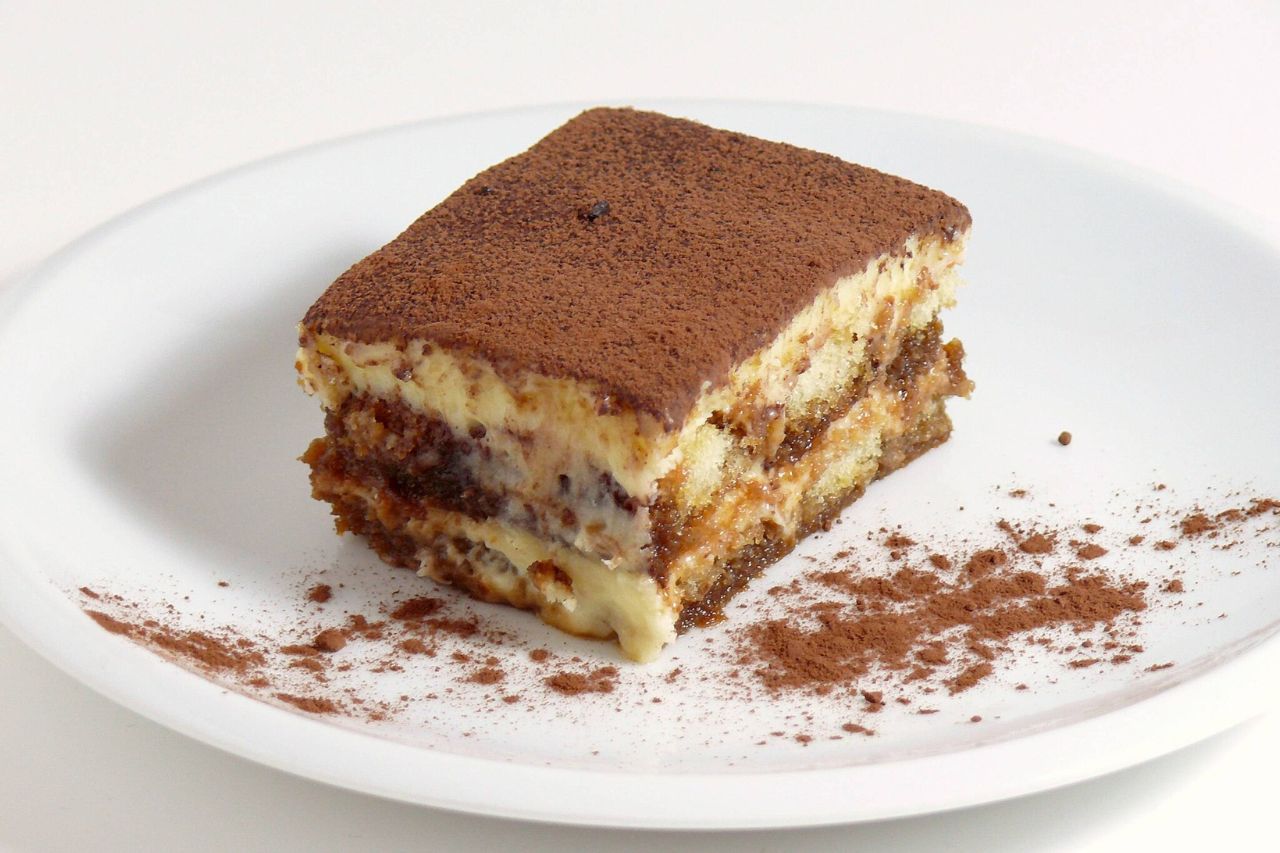
One of the most famous Italian desserts, Tiramisu originated in the region of Treviso in the late 1960s, but the actual date remains a mystery. This dessert offers a delicate flavor from the many layers. Even arguments about which region it originated exist, but most agree that this dessert started somewhere in Northern Italy.
Typical Desserts from Southern Italy
In Southern Italy, the hot temperatures tend to pair well with frozen delicacies, whereas the north has the richer and more decadent desserts. Let’s take a look at Southern Italian desserts.
Related article: Sorrento Food – Cuisine with Rich History and Tradition
Cannoli Siciliani
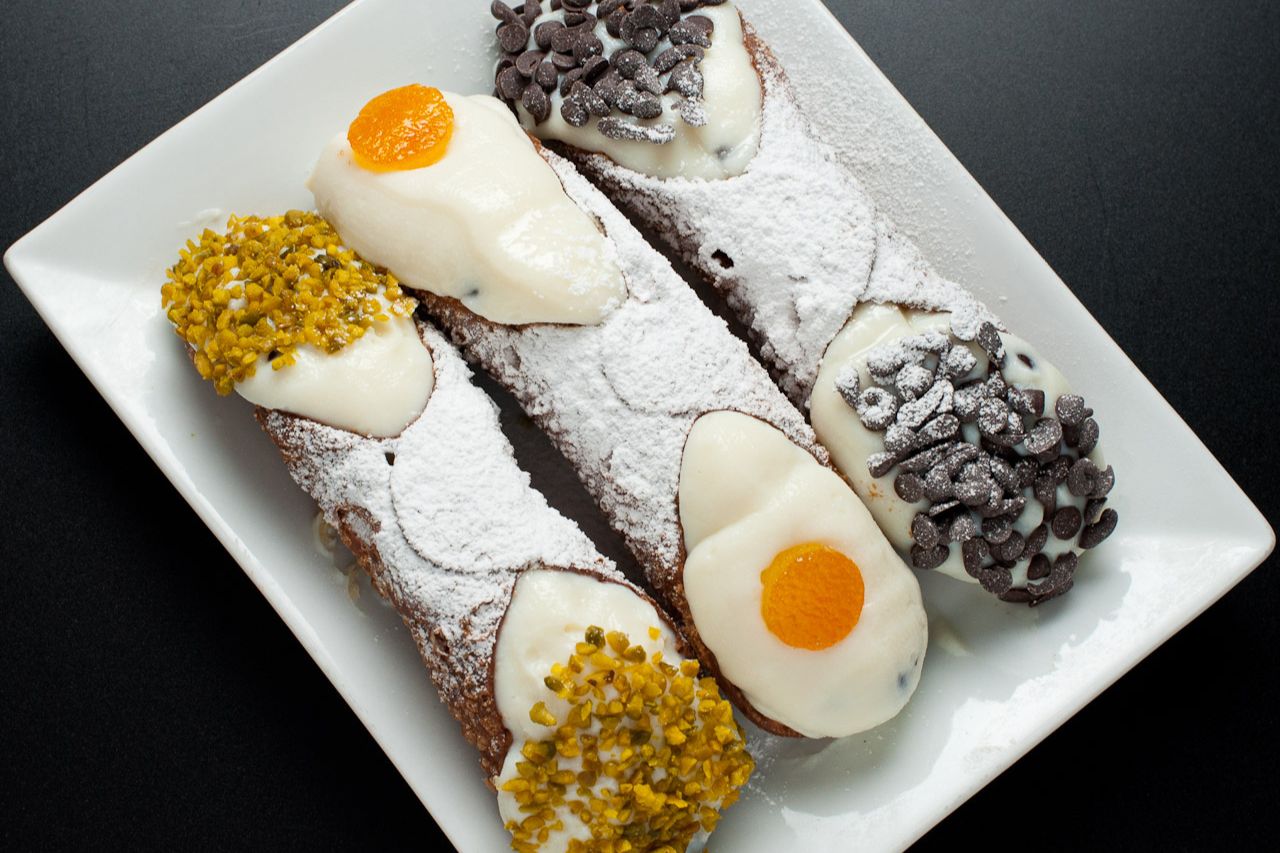
The first Cannoli was made in Palermo on the island of Sicily. It began as a simple dessert with a fried shell and fresh pastry cream, but today, it has become an icon in Southern Italy. This Italian dessert offers up unmistakable texture and scents when you go to try it. This is a staple dessert of Sicilian cuisine, and this traditional fried sweet is especially consumed during Carnival (40 days before Easter).
Cassata
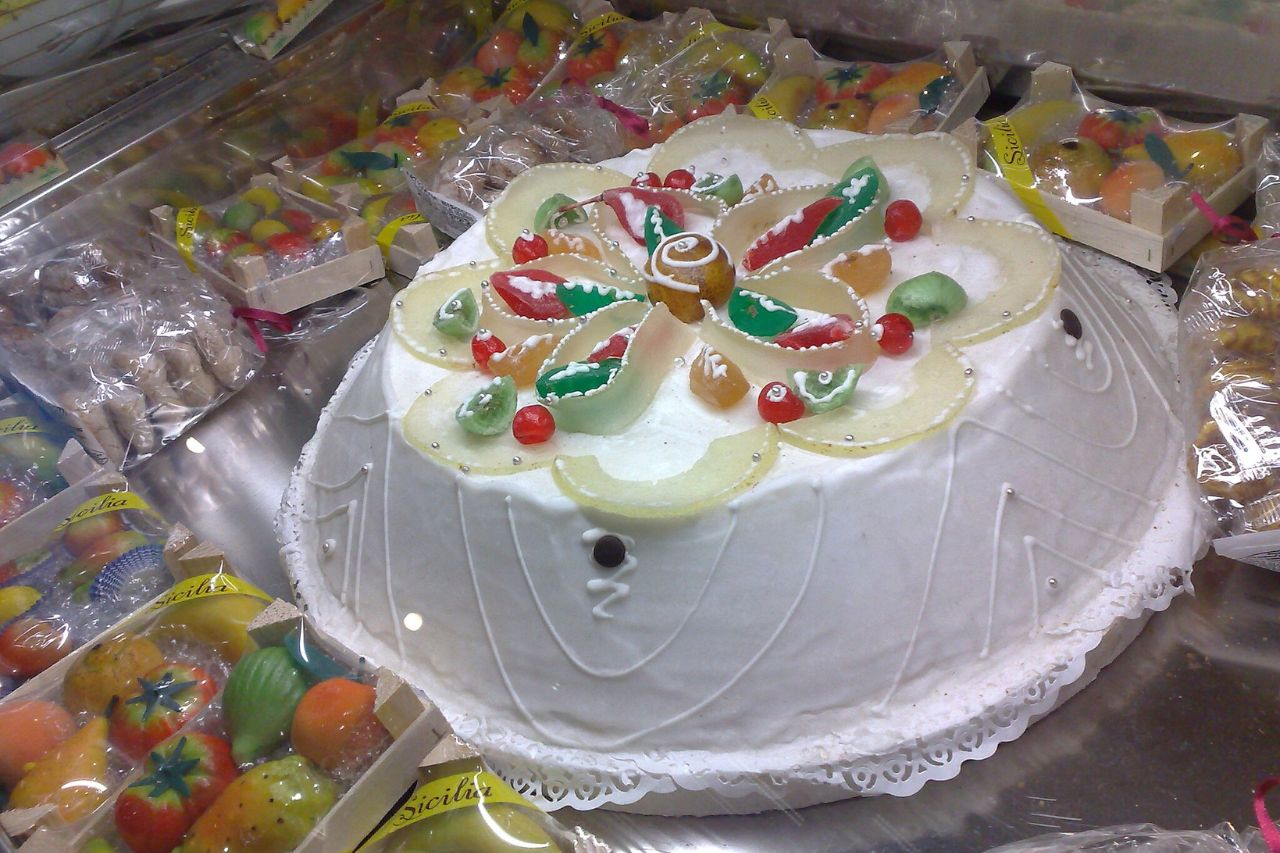
When you take Northern vs Southern Italian food, Southern Italian food will sometimes have Arabic influences, and Cassata belongs to that category. It was born from two distinct cultures making it richer. In 800 AD until 1091 when the island was conquered by the Normans, it had much Arabic influence. Cassata, in fact, is believed to have been an Arabic word “Qas’at.” The Sicilian pastry art is the most Arab dominated area in Sicilian cuisine, and along with Cassata, Cannoli is also believed to be Arabic influenced. You can tell because the Arabs introduced cinnamon and the almond royal pasta to Sicily. The first Sicilian Cassata is believed to have been quite simple. It was a pastry filled with sweetened ricotta cheese.
Scarcelle Pugliesi

A delicious Italian Easter cake, Scarcelle Pugliesi was started in the region of Puglia. Across Southern Italy, the dessert has become well known. They put eggs at the top of this dessert, and they represent Christ but also good luck and wealth. The eggs get imprisoned by a grid of dough. The number of eggs will be an odd number because they consider it lucky. Nothing on this cake is random or by accident. You will find it made in many shapes like lambs, doves, bells, bunnies, and nests.
Related article: Amalfi Coast Food – Indulge in the Best Italy has to Offer
Most Used Ingredients in Northern vs Southern Italy
Northern vs Southern Italian food differs in a couple of ways. Let’s take a look at some of the most used ingredients for each of the distinguished regions of Italy.
North
- Butter
- Cheese
- Rice
- Mushrooms
- Meats
South
- Olive oil
- Tomatoes
- Fish
- Fresh vegetables and spices
- Pasta
North vs South Italy in Cuisine
Northern Italy has more mountains and the winter weather in the north is much colder than in the south, which may influence the foods. The south often suffers from more mercilessly hot weather than in the north. During the declining age of the Holy Roman Empire, invading tribes from the north brought butter and beer to Northern Italy. This is part of what distinguished the Northern Italian Cuisine. You also see German and Swiss influence on Northern Italy, including dishes like Tortel di Patate, Risotto al Teroldego, and Spezzatino alla Pusterese. In the south, trade with Northern Africa brought African and Arabic influences to the food, such as grain foods, spices, and seafoods.
Northern vs Southern Italian Food: The Final Result
When you compare Northern vs Southern Italian food, what stands out the most is the influences on each part of the country. In the north, you get influences from neighboring European countries. In the south, you get influences from Greeks, Arabs, Normans, Spanish, and French. You can’t say which one is better because it would be much better if you explored the delights of both of them. Food in Italy, in fact, is heavily a regional affair, and even in cases where you find a common dish, you will find that one province differs in how they make it over the other. This is part of what makes Italian cuisine so fun to explore.


